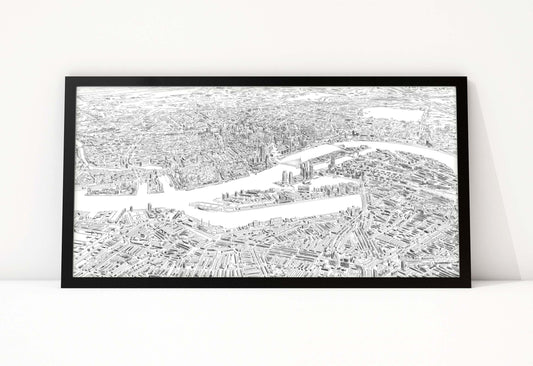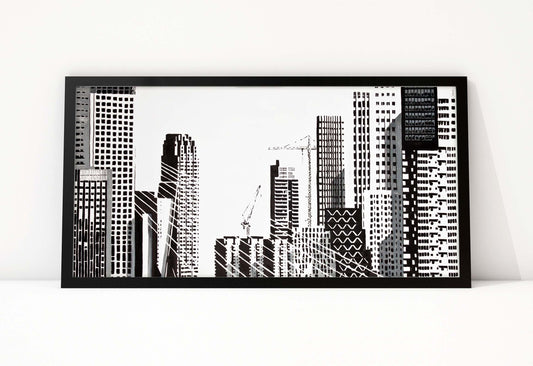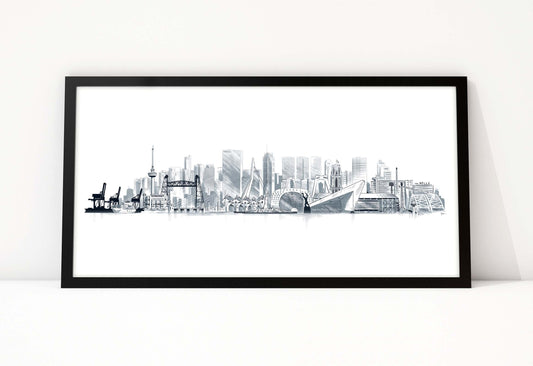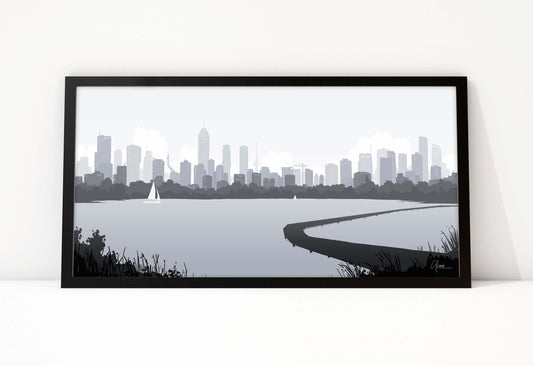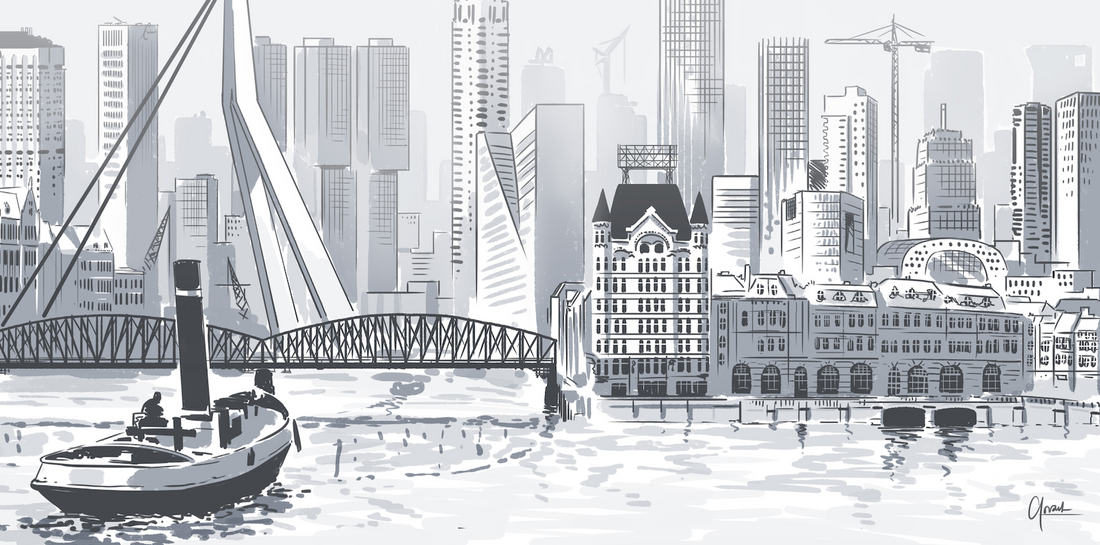
The history of the Rotterdam skyline
Share
Rotterdam, the second largest city in the Netherlands, is known for its impressive skyline that has transformed over the years. From a modest trading city in the Middle Ages to a modern metropolis with some of the world's most iconic architecture, Rotterdam has a rich history that is reflected in its remarkable skyline.
-
Early Years: Rotterdam began as a small settlement on the Rotte River in the 13th century. The city grew steadily thanks to its strategic location as a port city. In the 17th century, Rotterdam flourished as a major trading center, but the skyline was modest at the time, dominated by church towers and mansions.
-
The Industrial Revolution: The 19th century brought a period of rapid industrialization, leading to a growing port and a greater need for infrastructure. During this period, the first industrial buildings and warehouses appeared on the waterfront, which began to define Rotterdam's skyline.
-
Reconstruction after World War II: The devastating bombings during World War II destroyed a large part of Rotterdam, including the historic city center. After the war, an ambitious reconstruction project began under the leadership of architects such as Van den Broek and Bakema. This resulted in the introduction of modern architecture and the rise of high-rise buildings in the city.
-
The Modern Era: The last decades have transformed Rotterdam into a showcase of modern architecture and urbanism. Iconic buildings such as the Erasmus Bridge, the Euromast, De Rotterdam, and the Markthal have transformed the Rotterdam skyline into a symbol of innovation and progress. The city continues to evolve with new projects and developments that continue to push the boundaries of architecture.
-
Sustainability and Future: In addition to aesthetics, there is also an increasing emphasis on sustainability and resilience in urban development. Rotterdam, with its history of innovation, is at the forefront of sustainable urban design. Projects such as the Rotterdam Rooftop Days and the development of green spaces in the city emphasize the pursuit of a liveable and ecologically responsible environment.
Rotterdam’s skyline is not only a reflection of its past, but also a glimpse into the future of urban development. Combining historic and modern architecture, Rotterdam remains a dynamic city that is constantly transforming and inspiring. As a symbol of resilience and innovation, Rotterdam’s skyline will continue to evolve, while honoring the city’s heritage and providing a vision for generations to come.

